And They Put A Gas Pipeline Through It
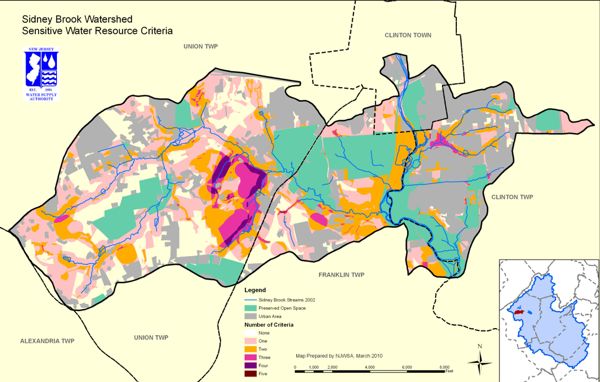
Sidney Brook Watershed (Source: NJ Water Supply Authority) – I used this because DEP has taken down all their C1 maps
On Sunday night, I decided to write a series of posts this week – with photos – of some of the *original designated “Category One Waters” I worked on at DEP from 2002 – 2004 to illustrate what’s at stake in the upcoming Senate debate on SCR 180, a Resolution that would veto the Christie DEP proposed Flood Hazard rules (aka “stream encroachment”).
[The Resolution either still is not drafted yet or just not posted to the Legislature’s website. That is unusual. News reports were that it was introduced in the Senate more than 2 weeks ago.]
Among other things, that DEP proposal would repeal the Category One buffers (aka “Special Water Resource Protection Areas”) and replace them with “riparian zones” of the same width, but with far less regulatory protections.
There are approximately 2,000 stream miles of Category One Waters, including all major reservoirs – including many in the 400,000 acre Highlands Planning Area – so this repeal would represent a HUGE threat to water quality on a statewide basis.
The DEP explained the basis for the designation: (@ page 60)
The Department applied an integrated ecological assessment and determined that Sidney Brook qualified as a waterbody of “exceptional ecological significance”. Therefore, the application of Category 1 designation to this waterbody is appropriate. The exceptional in-stream habitat, the overall condition of the aquatic community as measured by macroinvertebrates, the presence of fifteen different fish species including adult Brook Trout and the presence of bog and wood turtles were factors in this determination. Another indicator of the stream’s exceptional ecological significance is the presence of stable banks with infrequent erosion, little sediment deposition, no channelization, and healthy riparian corridor including riffles, boulders, runs and pools.
Adding to that history is the fact that the C1 designation was in a response to a petition for rule making, filed by attorney Tom Borden on behalf of concerned citizens in Clinton Township. Wow! Democracy and activism having a direct impact on government regulation – can you even imagine that today?
I had not been to the brook is over a decade, and lost track of the Milligan Farms site and the controversial development and wastewater discharge to the brook that spawned the petition for C1 designation rule making. That C1 designation forced DEP to revoke the NJPDES surface water discharge permit and the developer abandoned the development project.
The Milligan Farms and Windy Acres development project kills are great examples of what I’ve described as “The Power of a C1 Designation”.
So, on a gorgeous early fall day today, I headed out for Sidney Brook, NJ’s first stream designated Category One based on “exceptional ecological significance”.
The development project was stopped and the lovely rural landscape was preserved:
The stream was flowing reasonably well given the dry weather – and the vegetation was not disturbed:
But as I walked further, I was aghast at what I saw: the Sidney Brook natural buffer was disturbed by a natural gas pipeline! How’s that for “exceptional ecological significance”?
Only in NJ at the DEP.
In a future post, I will explain how loopholes in the C1 regulations allow this abuse to happen.
Really, if this is the way the public and local officials have defended and DEP has implemented the C1 buffer protection program, I almost think maybe the program deserves to be repealed.
COMING TOMORROW: WE DO BETTER AT THE PAULINS KILL.
* – There were C1 waters designated before 2002, but they were limited to “trout production” (TP) waters with naturally reproducing populations of trout. In 2002, DEP dramatically expanded the regulatory basis for C1 designations to include “exceptional” ecological, water supply, recreational and aesthetic characteristics.
Because the policy of C1 designation is to “maintain existing water quality”, DEP then required 300 foot buffers around C1 waters as an “anti degradation implementation strategy” as a water quality “best management practice” (BMP) in the storm water rules.
I was a prime architect of that regulatory strategy at DEP, building on Tom Borden’s pioneering work with the Sidney Brook petition.

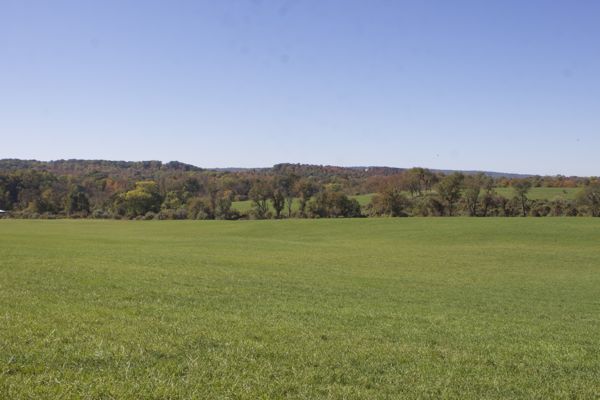

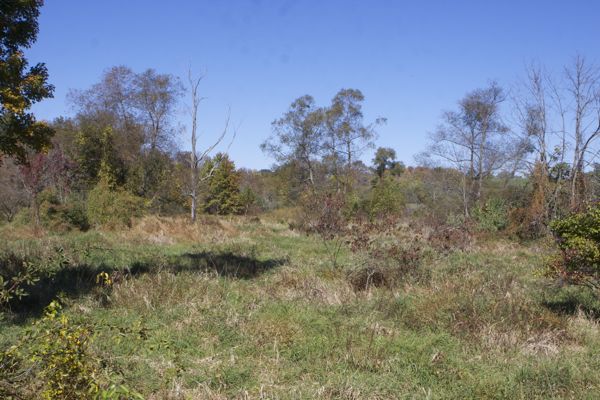
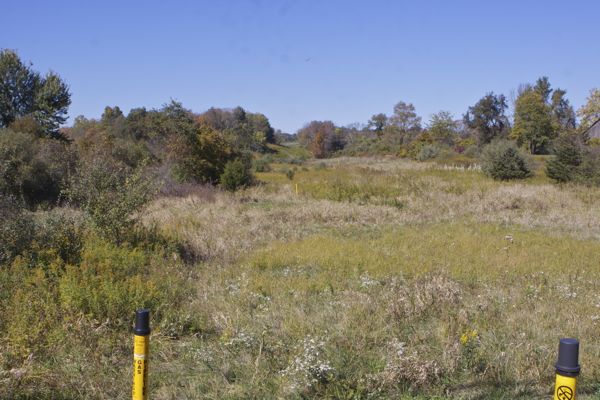
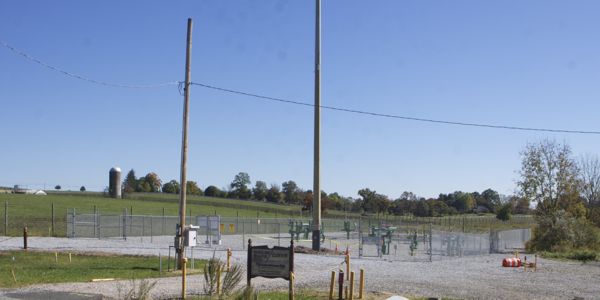
Pingback: WolfeNotes.com » An Ode to The Paulins Kill – An “Exceptional” Resource
Pingback: WolfeNotes.com » Residents and Officials Demand That Christie DEP Deny Permits To Kill Controversial Pipeline
Pingback: WolfeNotes.com » DEP Scientists Document Ecological Health of Headwater Streams At Same Time Christie Hacks Rollback Their Protections
Pingback: WolfeNotes.com » Connecting the Dots Between Pipelines and Clean Water
Pingback: Tmcdesign.Com.au
Pingback: corona Schiedam
Pingback: FX분석기
Pingback: Http://Rssmix.Com/
Pingback: Painting Cabinets
Pingback: jocker123
Pingback: ลอตโต้วีไอพี
Pingback: 프리서버
Pingback: slot pragmatic online
Pingback: ceri123.com
Pingback: Become Psychic Affiliate
Pingback: Psychic And Astrology Affiliates
Pingback: m11mpo
Pingback: vay tien nhanh|vay tiền nhanh|vay tiền nóng|vay tien nong|vay tiền online|vay tien online|vay tien nhanh ha noi|vay tien nhanh sai gon|vay tien nhanh tphcm|vay tiền nhanh tphcm|vay tiền nhanh hà nội|vay tiền nhanh sài gòn|vay tiền nhan
Pingback: Psychic Affiliates
Pingback: click through the up coming post
Pingback: waterco filter
Pingback: large rifle primers
Pingback: famous photographer Annie leibovitz Photos of amy